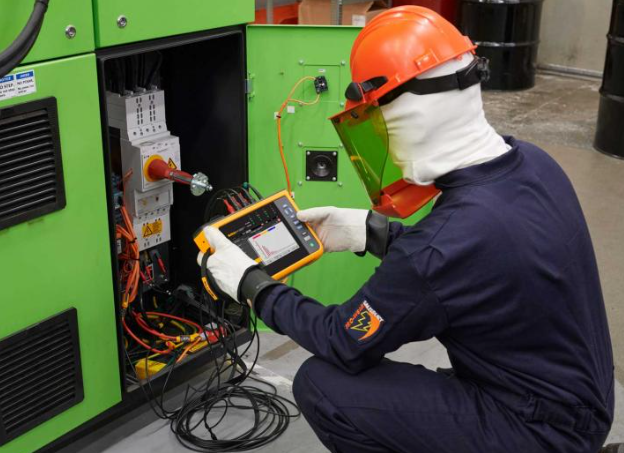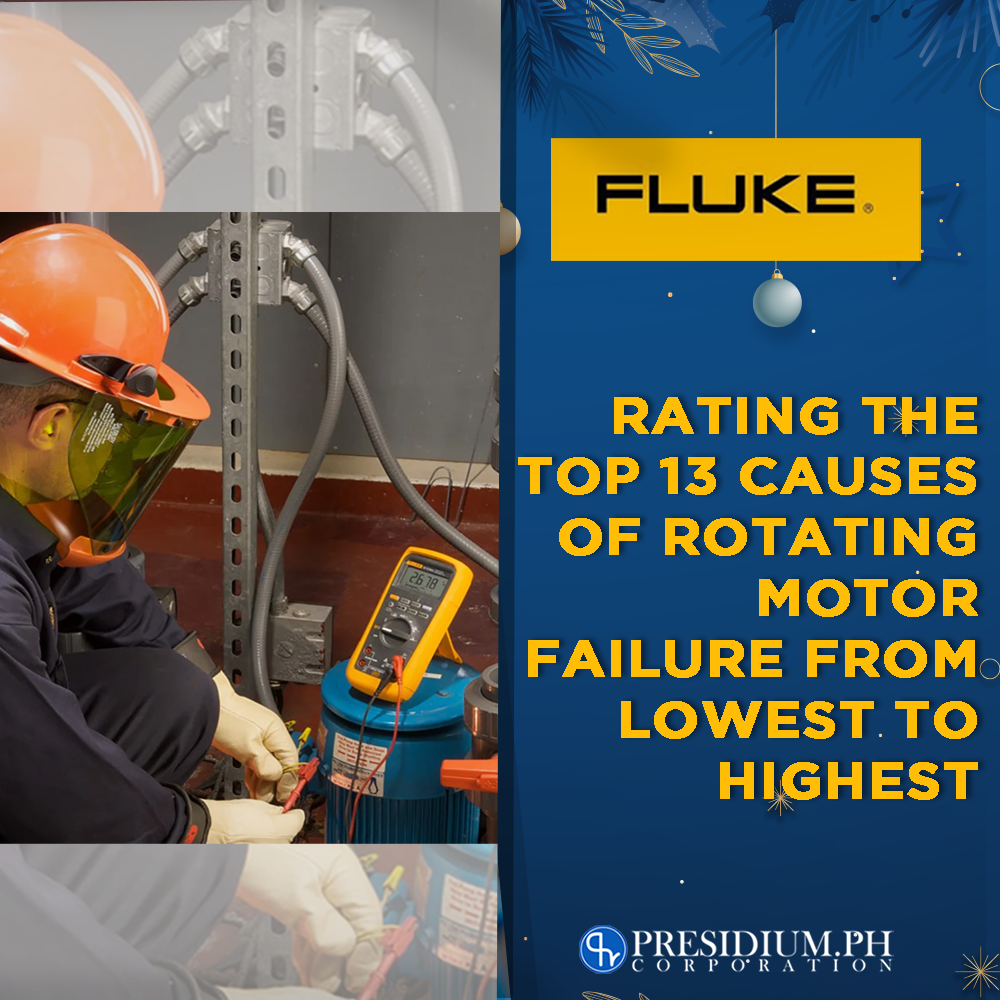Maintenance Management is Keeping the World Up and Running (Here’s Why!)
Going the extra mile to make sure your machines and devices are running smoothly can reap rewards in the long run. Many don’t know it, but maintenance management is a key factor in helping keep the industry up and operating. Without daily maintenance checks, a lot of machines and devices may be susceptible to faults and other malfunctions. This alone might negatively impact the productivity of workers and put a wedge on their day-to-day processes.
Just imagine if important assets suddenly shut down. Take the internet as an example. Nowadays, if your internet provider experiences any hiccups, a whole population is affected by it, with their work, school, entertainment, and a lot of other things. It’s quite obvious that people hate experiencing downtimes.
This also applies to valuable assets. Unwanted machine/device breakdowns are unforgivable especially if you need to meet certain schedules or if the machine on hand is responsible for providing power. Technically, this only highlights how important maintenance management is especially if we’re living in a machine-dependent economy. So, let’s go in-depth into just how maintenance management keeps the world up and running and how we benefit from it.
Why everyone should practice maintenance management.
Maintenance management deals with caring about the performance of every industrial tool, device, or machine. Remember, no matter how high-end your device is, it will always be susceptible to faults. Having maintenance management in your protocols can not only help with machine health but it can also be of advantage to the people working with the machines.
Having maintenance management can benefit you in these ways:
- Longevity of the machine/device – If you do daily maintenance checks, you can easily spot possible faults that might occur. This will also save you from costly repairs.
- It will keep the workplace a healthier environment – A well-conditioned machine keeps the workers around it more confident and assured that there won’t be any unwanted surprises.
- Improves efficiency – if your tools are well-maintained, this will allow them to be more efficient and reliable. Accurate data and such can be expected from them.
- Will be cost efficient – If your tools are working well, then there’s no use to spend on replacements. Whereas when you’re handling a machine that’s practically breaking down, then expect a lot of costly repairs to be made.
How efficient Fluke tools are for maintenance management?
We’re talking about the best of the best. Fluke tools are the most reliable tools for maintenance. Professionals, men, and women who work in the maintenance field prefer to have Fluke tools by their sides when doing maintenance rounds. Why? These tools aren’t just ahead of their time, but they also ensure every worker’s safety on the field. Here are the top reasons why you should have fluke tools with you during maintenance management…
- They allow you to take measurements from afar so you don’t have to risk your safety by having close proximity to malfunctioning machines or devices.
- Fluke can see what the naked eye cannot – they can spot possible faults that may occur.
- These tools can also give a diagnosis of what you should do once a fault is spotted.
- They can give and send real-time results.
- Some Fluke features 2 or more functions in one.
- They encourage wireless testing.
- Fluke instruments help to eradicate the drastic costs attributed to manual errors.
The best maintenance practice you can apply?
Do them as often as you can. If you have reliable Fluke tools by your side, why not test and test your equipment and machines as often as you can? The key to working closely with sensitive (but important) assets is to never be complacent with them. Usually, the best assets are also the costliest ones, and Fluke corporation understands this dilemma. Therefore, they built the best tools for the job.
So, as much as possible, the best maintenance management practice that is applicable anywhere and everywhere is to always evaluate your equipment are often as possible. Therefore, most maintenance men and women on the job roam around with a device in hand. Trust us when we say you will rarely see one without a testing tool with them. This is because most Fluke tools are not even that big that it becomes a nuisance to bring along. Most of them fit right in your pocket! So yes, they are not only dependable, but they are best for hand carry tools.
Going back… So how does maintenance management keep the world up and running again?
By simply taking care of the machines and equipment that makes the world go round of course! One of the main goals of maintenance management is to make sure that everything is working in its tippy-top condition. Living in a machine-generated world, this process speaks of significant importance every day. Add in Fluke tools in the picture, and we are pretty sure that things can last a bit longer.
Get your Fluke tools through an authentic source!
Hey, you made it to the bottom! Are you currently looking for the best-performing test tools in the market to run daily maintenance checks on your machines? You are in luck cause Presidium PH is an authorized distributor of Fluke test tools in the Philippines. Prevent these faults from penetrating your machine by using the best test tools there are!
If you want to know more about Fluke tools and their functions, visit our website for more info! This is a one-stop shop for the best test tools within Metro Manila.










